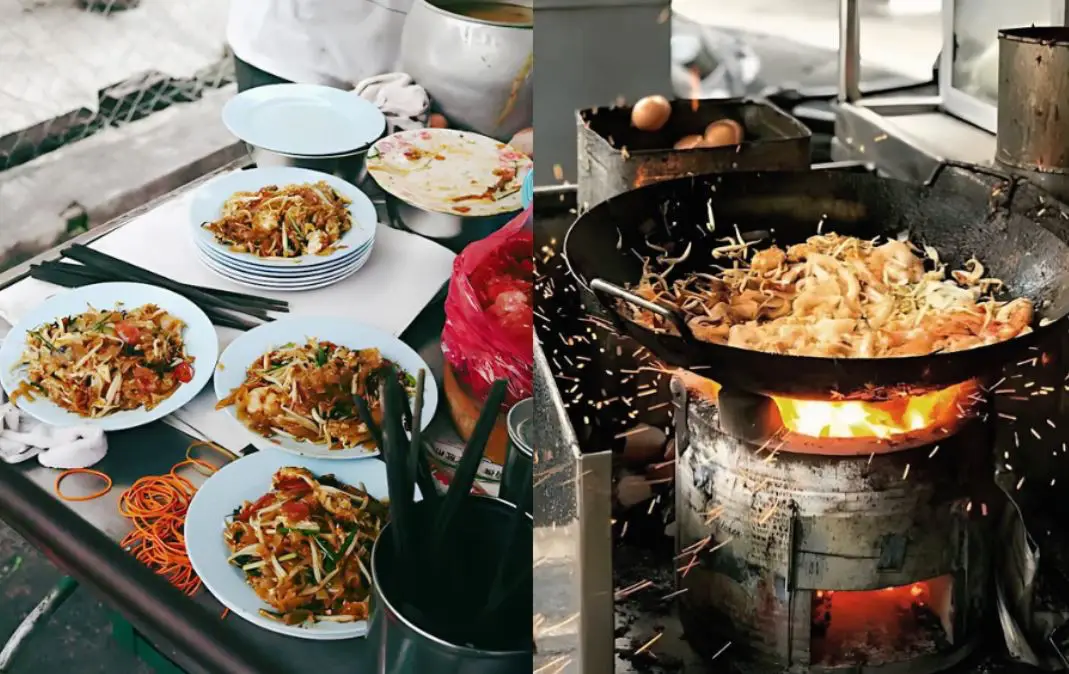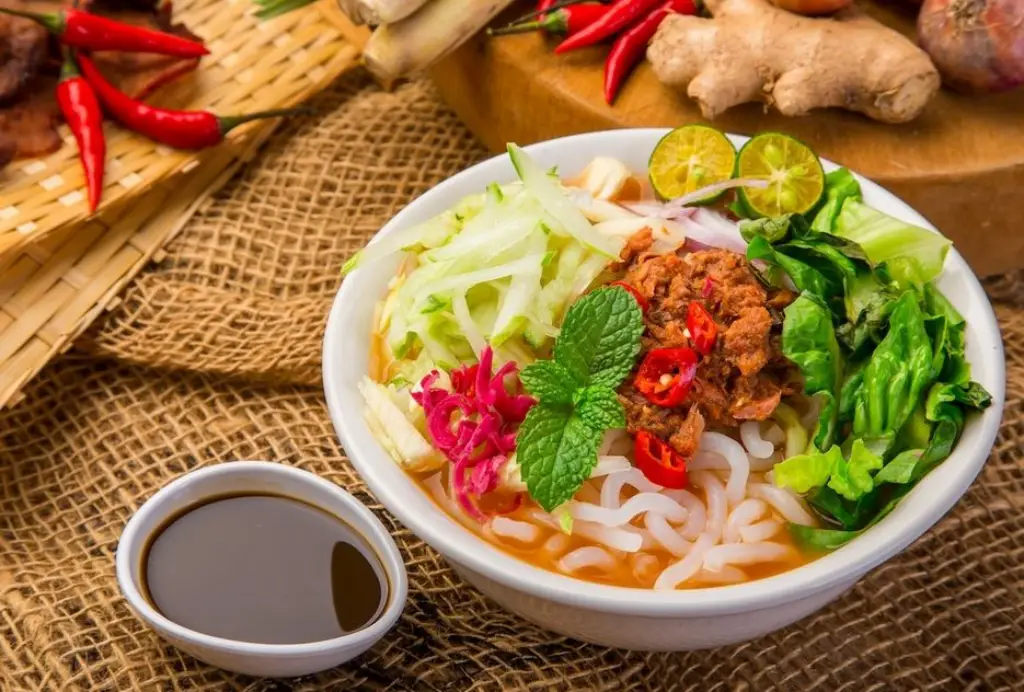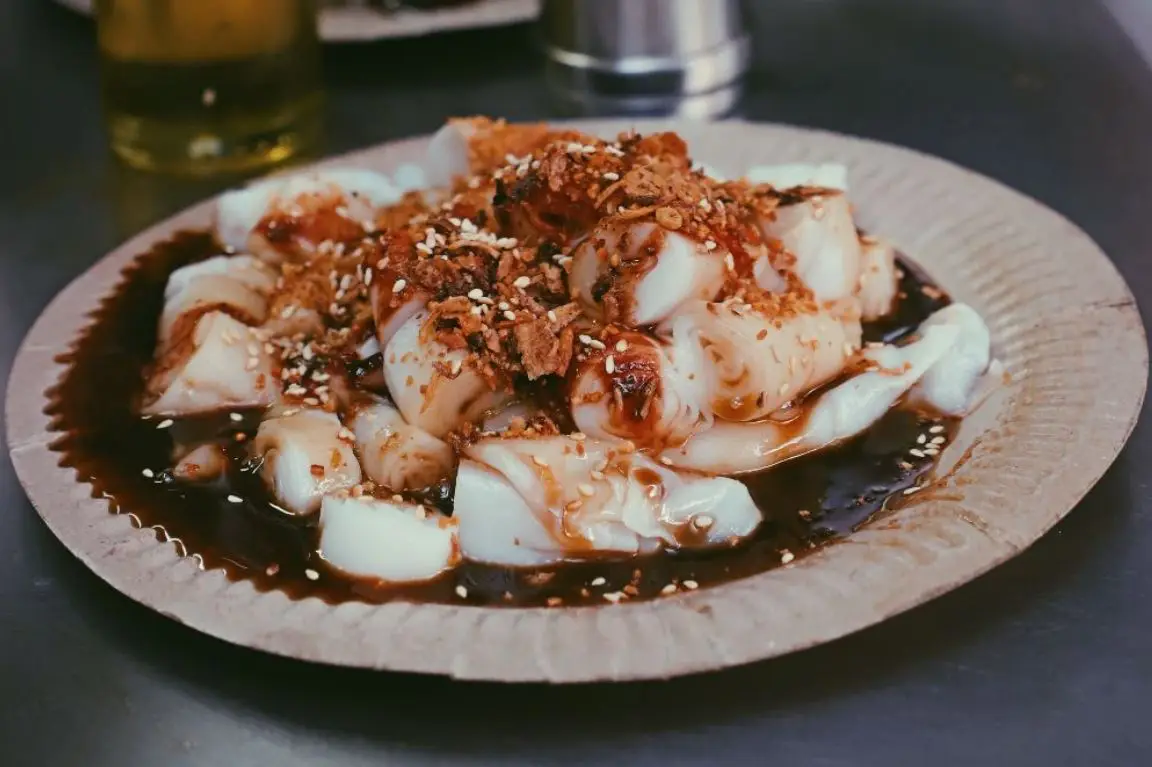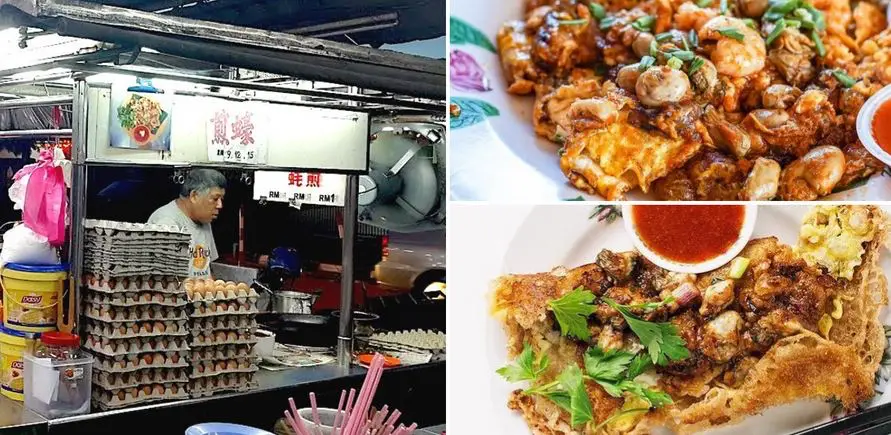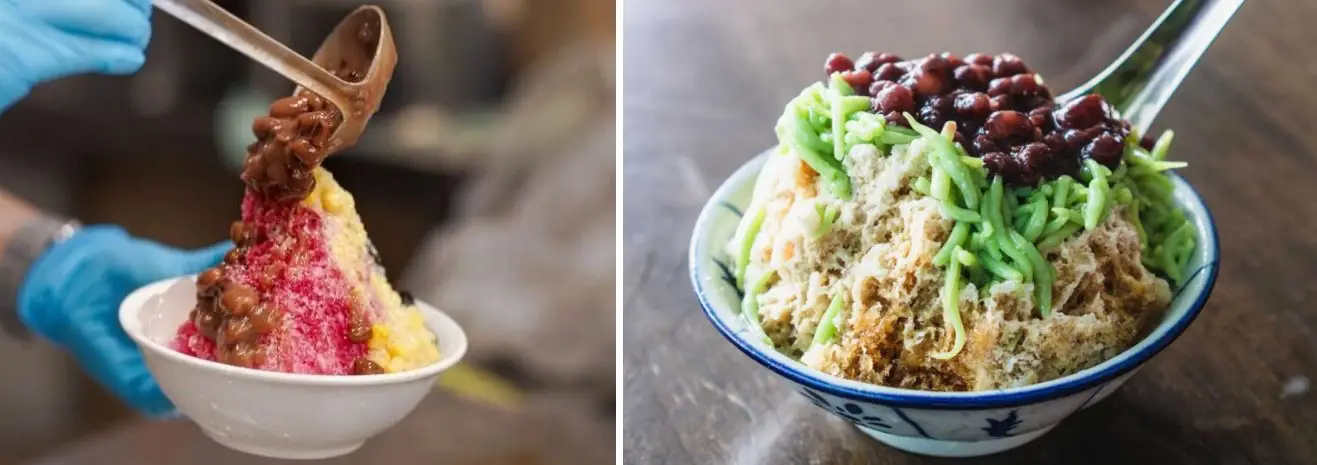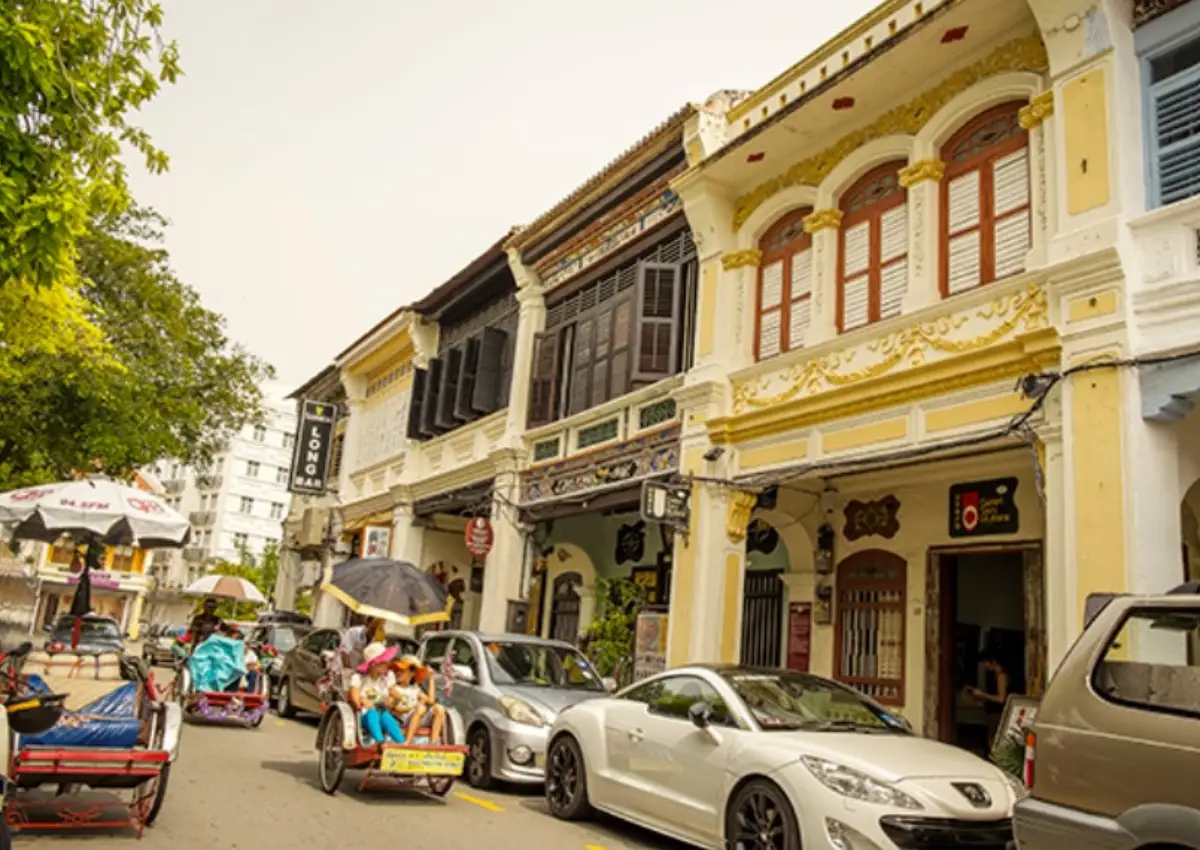Georgetown, the capital city of Penang, achieved UNESCO World Recognition in 2008 but it has long been known also as the food capital of Malaysia.
Lonely Planet named Penang as the world’s No. 1 food destination in 2011 and visitors come from all over the world to experience its street food.
But be prepared to wait in the heat and extreme humidity during most days but do not take this as a setback, instead enjoy the diversity of the street food amidst old world ambience that is so incredibly charming. The street food is available in local coffee shops (affectionately called kopitiams), roadside stalls, mobile pushcarts, and hawker centres or food courts.
Do not be alarmed by how meal-centric hawkers often operate for short hours, with some showing up for breakfast and others for dinner, and often sell-out within a short timeframe or having long queues. But let me tell you that this is all worth it!
Here are some of the chart-toppers so let’s go on a mouthwatering journey in Penang!
Char Koay Teow (Penang fried noodles)
The ultimate star of the show is the perennial fried noodle dish of Char Koay Teow or its abbreviation CKT. Various versions of this dish are served in other Malaysian states and even Singapore but locals will tell you that it is truly a Penang specialty. BBC deservedly named it Malaysia’s most famous street food.
Visitors will travel all the way to Georgetown just to sample this great dish that is made with flat rice noodles stir-fried with shrimp, Chinese dried sausage, bean sprouts and chives in a mix of soy sauce seasoning, with eggs and bloody cockles as added options.
It is equally important that the noodles be stir fried with lard in a well-seasoned Chinese wok over very high heat to produce a charred and smoky aroma or the “wok hei” (translated as ‘breath of wok’) that fills the air even from afar. This is what sets it apart from other versions available in other parts of Southeast Asia or other Malaysian states.
Assam Laksa (Noodles in tamarind and fish broth)
The Penang Assam Laksa launched Malaysia into of stardom in the world of food when it was named number 7 of the World’s 50 most delicious foods by CNN.
This is the only dish in Penang that has a fish-based broth, that is made from poached deboned mackerel. Assam stands for tamarind and this version of laksa is only found in Penang – laksa elsewhere is a copy of this dish that is made with coconut milk without the Assam!
A bowl of thick vermicelli noodles is first generously garnished with finely sliced onions, cucumber, red chillies, lettuce, pineapple, mint leaves and ginger flower buds. Next a hot mixture of tangy aromatic tamarind and flaked fish meat is poured over these ingredients. A spoonful of prawn paste is also provided if you wish to further enhance the flavour of the soup but beware of its strong aroma.
Anthony Bourdain was speechless when he tried this dish for the first time as it is ‘yummy’. You can view the video
Chee Cheong Fun (Rice rolls)
Chee cheong fun (or translated as ‘pig intestine noodle’ in Chinese Cantonese dialect) is actually a steamed rice roll dish that originated from southern China. The steamed rice rolls give the appearance of pig intestine, hence its name but there is no offal in this dish which Penang has called its own.
This popular dish is made of rice flour that is steamed and smoothly rolled up about 10cm long, hand-sliced and served with a mixture of intense and aromatic sauces that make it sweet, sour, spicy, tangy all at the same. The sauces comprise chilli paste, shrimp paste, a reddish sweet sauce and sprinkled with roasted sesame seeds and fried shallots that add a crunchy taste in every morsel.
Its unique taste comes from the shrimp paste or ‘hae ko’, which is different from belacan shrimp paste which is found in most Malaysian cooking. This Penang dish is different from the Hong Kong-style rice rolls which have fillings of roast pork or shrimp and served with a light soy sauce only.
This is considered light food and is usually eaten as a snack or a side dish.
Oh Chien (Fried oyster)
Using fresh and succulent oysters, Oh Chien or fried oyster is an omelette dish that is made of a mixture of egg, rice or tapioca flour batter, chives and starch to give it a gooey consistency. These are mixed and fried on a flat cast iron wok in high heat. Fresh oysters are then added and the omelette is fried will it is golden brown.
This omelette is crispy on the outside and chewy on the inside. It is served with a side of sweet and sour chilli sauce and at times also with a garlic paste dip, and topped with coriander or parsley.
This iconic Penang dish is to meant to shared as a side dish and is an absolute must-try.
Ais Kacang & Cendol desserts
Douse the heat and humidity with Penang’s quintessential icy confections which take shaved ice up many notches by steeping it in rich coconut milk and filling it with various goodies. Traditionally, an ice shaving machine is used to churn out the shaved ice used in these desserts, originally hand cranked but now more often motorised.
Ais Kacang pronounced as Ice Kachang literally means iced beans. It is a bowl of creamed sweetcorn, red beans, palm fruit (locally known as attap chee) and a mind-boggling variety colourful jelly cubes or strips. It is then topped with tall shaved ice which is drizzled with evaporated milk and various syrups. Ice cream, local fruits and other goodies can also be added with additional cost.
Cendol pronounced as Chendol, is made of green jelly strips which are coloured rice flour, along with kidney beans immersed in shaved ice and finished off with a copious drizzle of coconut milk and palm sugar. Sometimes, these two desserts are combined into one.
Our street food journey in Penang continues as we will feature more iconic Penang dishes in part two of this series.
You may like other articles on Penang:
Old world charm in Georgetown


